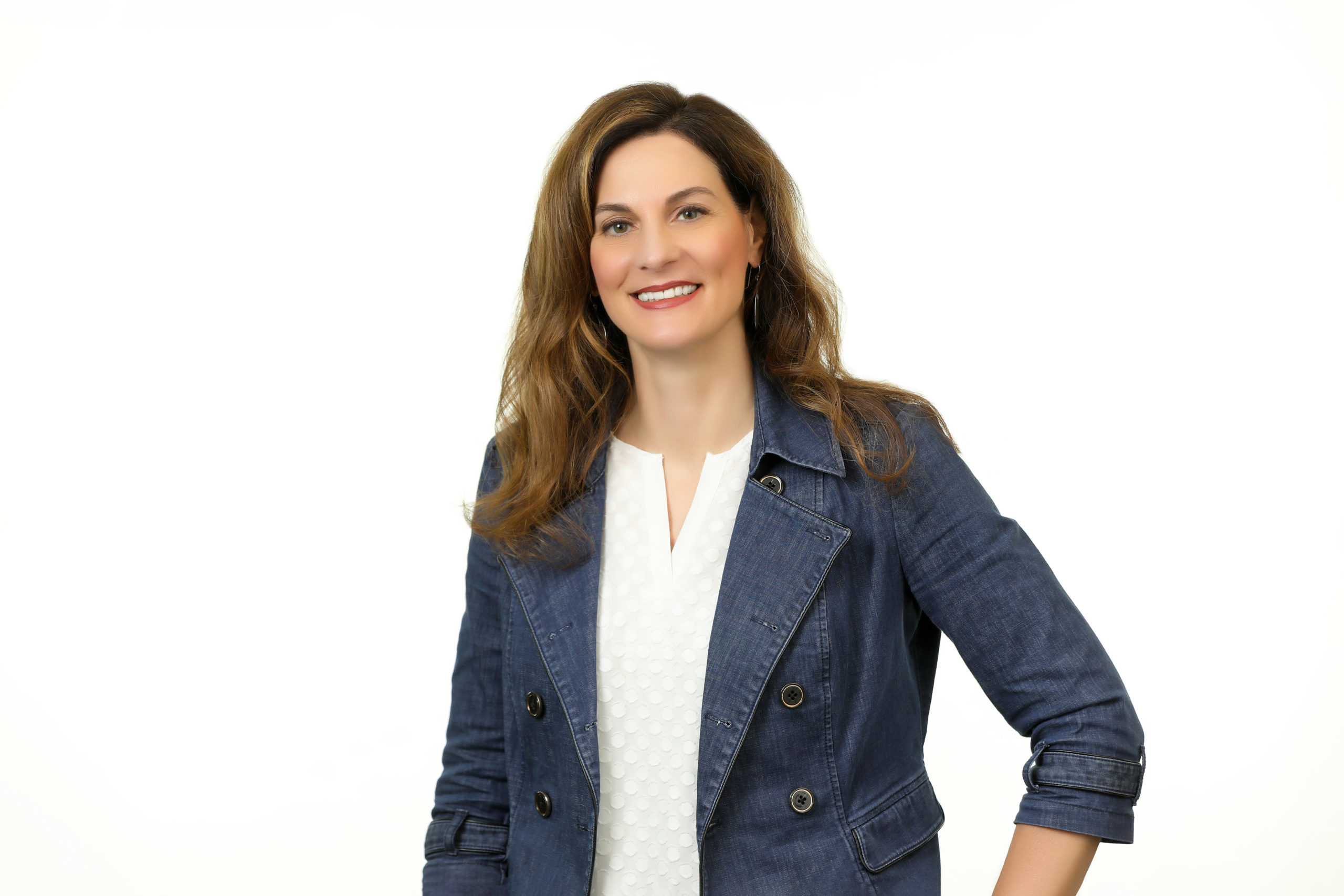You and your team are going to experience failure from time to time. Armed with this fact, Jennifer Kurtz, Infinite Blue’s CTO, accepts mistakes as part of the process.
“Afterwards, you have to regroup and say, ‘So what did we learn? How do we move forward, and how do we make sure that doesn’t happen again?’” she said. “I always express a lot of trust and respect in the team.”
In February, Kurtz joined Infinite Blue, the Collegeville-based SaaS company that focuses on business continuity software for businesses with extensibility through a “low-code” platform.
It’s not her first time sitting in a CTO’s chair. Kurtz started as a software developer at King of Prussia-based Vertex, Inc. in 1999. Seventeen years later, she’d worked up to become CTO — a role she self-described as being two-fold, leading people in technology and being hands-on to know the business through software and technology.

Jennifer Kurtz. (Courtesy photo)
After about five years in that position, Kurtz decided to look for something new — and then she met Frank Shultz, Infinite Blue’s founder and CEO.
“What was so exciting about Infinite Blue was all the growth the company is expecting and the chance to support the team while we build out new products,” Kurtz said. “I was so impressed by Frank’s vision and the company culture he laid out.”
In 2021, Infinite Blue has grown, welcoming three executives besides Kurtz and securing a Series A. The company expects to continue to add to its 85-person team.
How does one manage a company with an expanding team and portfolio? Technical.ly asks and Kurtz answers in this Q&A below.
###
What stood out to you about Infinite Blue?
The highly collaborative culture was really positive. There’s a lot of desire at Infinite Blue to help each other out and, even before someone raises their hand, to offer support. One of the guiding principles of the culture is this acronym that Frank put together to reflect what kind of team he wants to build: GATOR.
What does GATOR stand for?
- G — Having grit
- A — Agility
- T — Trusting your colleagues
- O — Operating as one team
- R — Respect
Further than saying it, those things actually show up in the culture every day. Our team can be under a lot of pressure, but people rely on each other to push through. There’s a problem-solving spirit built into this company that I love.
What kind of a manager do you try to be?
I was excited to join Infinite Blue because Vertex, Inc. was a bit larger. It was fresh to come into a business’s life cycle earlier and be a real part of laying that groundwork.
No matter the company, I make an effort to connect with each employee and really get to know them — how they work, what they like and don’t like, what they do outside of their jobs. That’s always my first step. I always employ open communication, and a big part of that is feedback. But it’s a two-way street. I want my team to tell me how I’m doing.
As a leader in an executive role, you can leave a huge wake amongst your team. It’s important to be aware of that and create some psychological safety. If I can’t show up as my authentic self, then how will anyone else?
What does the term psychological safety mean to you, and why is it important for your leadership style?
It’s super important because you want folks to feel comfortable coming to you or speaking up in a meeting, even if it’s a dissenting opinion.
As a leader, you can’t be everywhere all the time, so you have to create an open line of communication so folks feel comfortable approaching you about things that they’re stuck on or unsure of. I don’t want to be in an office where people feel like they have to pretend for any reason.
CTO is a big title. How do you approach each day to make sure you’re accomplishing your goals?
For this job, I am never in a silo. I work closely with folks in the engineering organization, in sales, in product management, in customer support services, and in finance. If I boil it down to three things I think about every morning when I get up, it includes:
- How are we making progress on our next-generation products?
- How are we improving the stabilization of our existing market and delighting those customers we already have?
- How is the team performing, do they have what they need to succeed, and how am I doing in terms of building what I call a high-performing engineering team?

This article is sponsored by Infinite Blue and was reviewed before publication. Infinite Blue is a Technical.ly Talent Pro client.
Before you go...
Please consider supporting Technical.ly to keep our independent journalism strong. Unlike most business-focused media outlets, we don’t have a paywall. Instead, we count on your personal and organizational support.
3 ways to support our work:- Contribute to the Journalism Fund. Charitable giving ensures our information remains free and accessible for residents to discover workforce programs and entrepreneurship pathways. This includes philanthropic grants and individual tax-deductible donations from readers like you.
- Use our Preferred Partners. Our directory of vetted providers offers high-quality recommendations for services our readers need, and each referral supports our journalism.
- Use our services. If you need entrepreneurs and tech leaders to buy your services, are seeking technologists to hire or want more professionals to know about your ecosystem, Technical.ly has the biggest and most engaged audience in the mid-Atlantic. We help companies tell their stories and answer big questions to meet and serve our community.
Join our growing Slack community
Join 5,000 tech professionals and entrepreneurs in our community Slack today!

The person charged in the UnitedHealthcare CEO shooting had a ton of tech connections

From rejection to innovation: How I built a tool to beat AI hiring algorithms at their own game

Where are the country’s most vibrant tech and startup communities?



